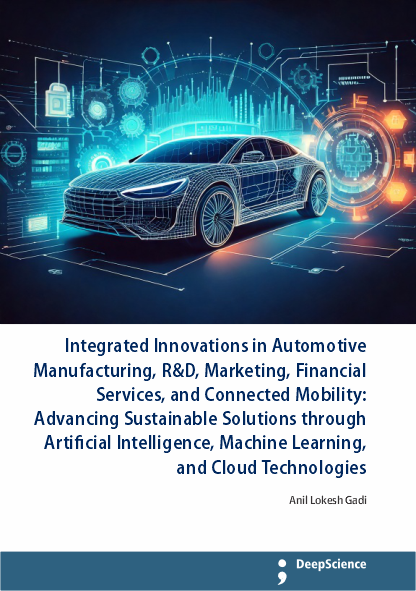The role of automotive financial services in enabling consumer-centric mobility solutions
Synopsis
Currently, new technology and innovation are enabling new mobility solutions that change how consumers live their lives and move around (Business Wire 2024; Cloud4C 2024; Fullpath 2024). In the past, cars were otherwise owned assets, whereas their use was the focus in if cars are shared. All would then have been dwarf engagements by commercial fleet owners; private ownership would be a lease of a car for all house conditions. As Mobility as a Service [MaaS] looks to such solutions along other transportation modes, Automotive Financial Services [AFS] can support new business models by making the consumer-centric solution viable. New and promising innovation is always met with skepticism and many questions regarding feasibility and efficacy. Thus, a soft sceptical attitude is held toward automated vehicles and what they will achieve. A guess is, unless remarkable incidents quickly occur, not much will change within the next decade, in particular for privately owned vehicles for long-range travel. A high-level examination of the consumer centric mobility solution for AFS is given, not the specific technologies.
As multiple highly complex technological solutions are expected to converge closely together, new business models can be expected to evolve further to serve the immediate needs of the changing consumer. The problems with the growing social costs and environmental impact of the private vehicle paradigm look to need a more holistic approach for their solutions. This is particularly given the automotive industry’s need to make major investment flows toward a less internally combusted future, when less will be owned and time and mileage will be more rent. Still, this should not be the end of the road for such legacy firms creating new services such as shared pooling and ride hailing. Governments and local authorities will need new collaborative initiatives for data exchanges to enable optimal commercial and social solutions. A call for more qualitative changes in the research community to be able to match to the approaching need and thereby have high relevance is given. Those changes are suggested for a more fundamental and broad design of future research on mobility solutions.
Fig 4.1: Customer-centric mobility
With rising social costs of the private vehicle paradigm and technological development of new solutions, cars have changed from otherwise owned assets to being shared along the methods of alternative chauffeured services. AFS could support these new business models by making consumers acquire a need and use service and thereby service AFS sales while increasing the lifetime and revenue for original manufacturers through lower abandonment. The changing mobility landscape from car ownership to need to complement existing ownership models looks to the option for the development of ongoing services and rental contracts. This requires consideration of the lack of consumer understanding of the pricing of cars and cost structures, data transparency, or holistic and seamless experiences. Governments and cities should consider the future of the vehicle to manage a more endeavor shared transportation system related to a digital connection to devices and a cloud-driven architecture for most mobile services from e-commerce to apps allowing peer-to-peer cooperation.












